One of the important aspects of marine biology is the study of how marine organisms exhibit a variety of physiologic adaptation that makes them suitable for the marine environment and particularly successful in a particular ecological niche within the overall marine environment.
Phylum Porifera
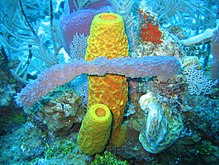
Phylum Porifera or Sponges are aquatic organisms, mainly marine, lead a stationary lifestyle. Unlike a colony of protozoa, consisting of more or less monotonous and independent cells, in the body of multicellular animals, cells are always differentiated both in terms of structure and function performed by them. The cells here lose their independence and are only parts of a single complex organism. Some serve for breathing, and others complete the process of digestion, others provide isolation. Nutrition is due to the filtration of water that passes through the aquifer system located inside the sponge. Reproduction occurs asexually and sexually. Phylum Porifera adapt to carrying a large volume through themselves. They can narrow the pores to control the volume of water. Sponges can regenerate as they are relatively simple organisms.
Phylum Cnidaria
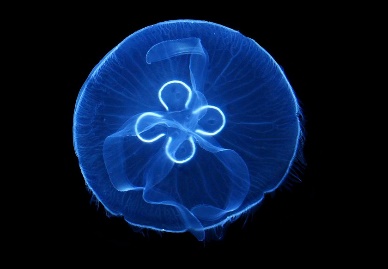
Phylum Cnidaria is an intestinal-cavity animal similar to jellyfish. A characteristic feature of ctenophores is the presence of stinging cells on the body. These cells help the animal to inject poison into the victim’s body when extracting food. Cnidarians reproduce in most cases by budding. The habitat of animals of this type is very different. Some live at a depth where almost no sunlight penetrates, while others live near the surface. Jellyfish catch food particles floating by, polyps filter them out of seawater. The adaptation of jellyfish is that they have a particular part of the body that helps jellyfish eat and play a protective role. When a predator touches a jellyfish, this part of the body is activated and releases a particular killing toxin.
Phylum Mollusca
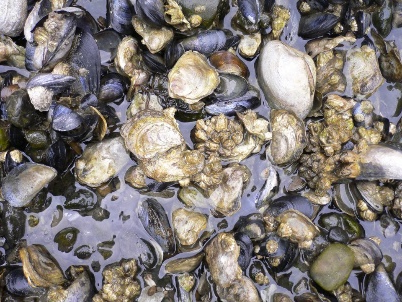
Mollusks are a relatively diverse type of invertebrates. The body of mollusks is divided into three sections: the head, trunk, and leg. Mollusks live in the seas, fresh waters, on land, and some parasitize other animals. The digestive system depends on the type of nutrition of mollusks. The ducts of the digestive gland flow into it. Undigested food residues are thrown out through the anal opening. Breathing in mollusks living in water is carried out by gills and in terrestrial ones — with the help of a lung. Shellfish reproduce only sexually, and most of them are segregated. The ability to think belongs to the adaptation of mollusks; they can learn and react to the environment in ways superior only to vertebrates.
Phylum Arthropoda
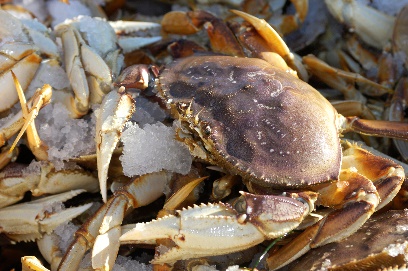
Arthropods are the largest group of animals that inhabit the planet. They are found everywhere, that is, in the land-air environment, in all seas and oceans, in freshwater bodies. The digestive system in arthropods consists of the intestine’s anterior, middle, and posterior parts, ending with the anal opening. From fertilized eggs laid by females, larvae develop, which grow, develop and turn into adults. Some arthropods, such as spiders, develop without the larval stage. The adaptation of arthropods is a solid, strong exoskeleton. It helps arthropods to defend themselves from predators.
Phylum Echinodermata
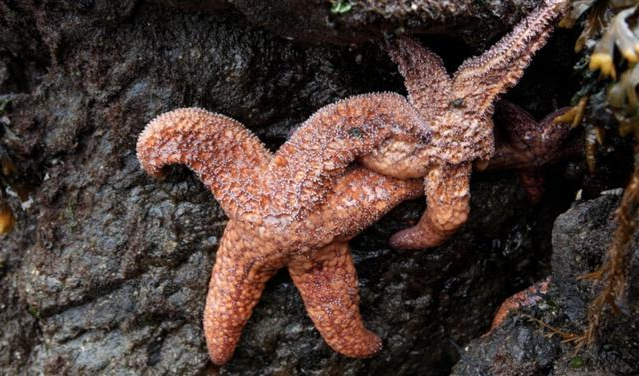
Echinoderms are a type of exclusively marine bottom animals, mostly free-living, less often sessile, found at any depths of the World Ocean. The needles perform a protective function, and they are often mobile. Some sea urchins point their needles towards the approaching danger. The main adaptation of echinoderms is the ability to regenerate some parts of the body. This helps them survive in a dangerous marine environment.
Phylum Chordata
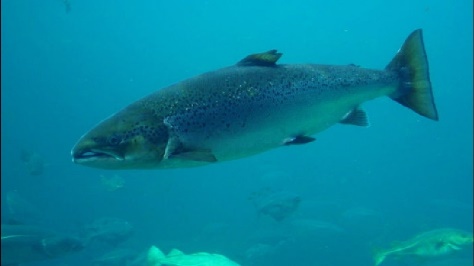
Chordates are a type of animal that includes vertebrates, larval chordates, and crustaceans. Vertebrates such as mammals, birds, amphibians, reptiles, and fish are the best-known and subtype of animals to which humans also belong. All chordates have a chord that is present for some or all of their life cycle. The chord (or dorsal string) is a semi-flexible rod to which the large muscles of the animal are attached. It also plays an essential role in signaling and coordinating development. Adaptation involves an increased level of activity and strengthening of the skeleton and protective coating.
Phylum Heterokontophyta
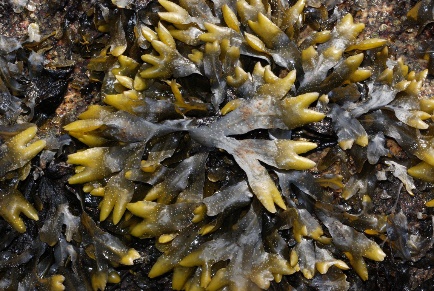
Stramenopila is unicellular, living mainly in the aquatic environment, but there are also terrestrial species. The group includes algae, flagellates, opaline and others. This species can feed through photosynthesis.